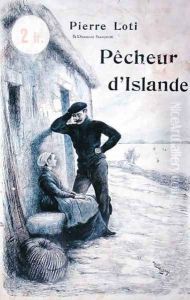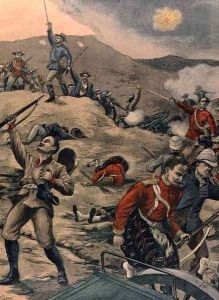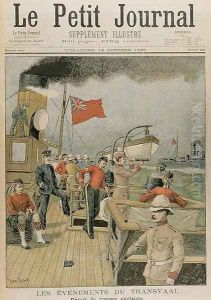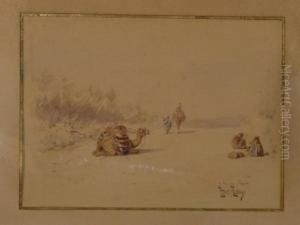Henri Rudaux Paintings
Henri Rudaux was a pioneering French artist and illustrator, born in 1870. While he may not be as widely recognized as some of his contemporaries, Rudaux made significant contributions to both the fields of art and science, blending them in a way that was quite ahead of his time. His career spanned a period of intense innovation and change in Europe, from the late 19th century through the early 20th century, including the turbulent times of World War I and the interwar period.
Rudaux's work is particularly notable for its detailed and imaginative depictions of astronomical scenes and celestial bodies. He was among the first artists to attempt to realistically portray other planets and outer space based on the scientific knowledge of his time. This interest in astronomy was not merely a passing fancy; Rudaux was deeply committed to accuracy, consulting with astronomers and reading the latest scientific literature to ensure his illustrations were as realistic as possible. His illustrations were used in various publications, helping to popularize astronomy and making it more accessible to the general public.
Aside from his astronomical illustrations, Henri Rudaux was also known for his more traditional landscape paintings and portraits, showcasing his versatility as an artist. Despite the acclaim he received for his work during his lifetime, Rudaux's contributions have not been as celebrated or remembered as those of some of his peers. Nonetheless, his work remains an important intersection of art and science, offering a fascinating glimpse into the way people of his era viewed the cosmos.
Rudaux passed away in 1943, leaving behind a legacy that, while perhaps not as well-known as it should be, is cherished by those who understand the significance of his contributions to both art and science. His visionary work continues to inspire astronomers, artists, and science enthusiasts, serving as a reminder of the power of combining these disciplines to explore and understand the universe.



